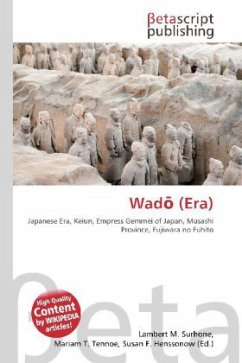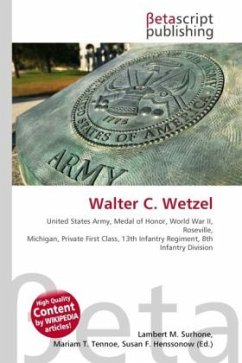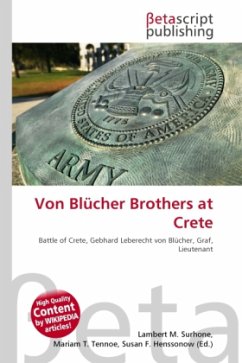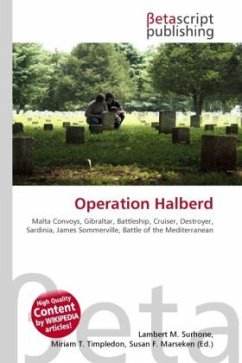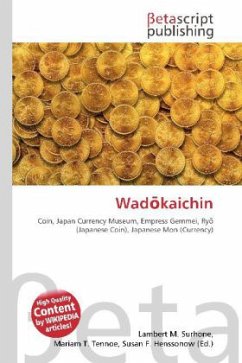
Wad kaichin
Versandkostenfrei!
Versandfertig in 6-10 Tagen
23,99 €
inkl. MwSt.

PAYBACK Punkte
12 °P sammeln!
Please note that the content of this book primarily consists of articles available from Wikipedia or other free sources online. Wad kaichin, also romanized as Wad -kaichin or called Wad -kaih , is the oldest Japanese coinage which was minted starting in 708 AD on order of Empress Gemmei.The coins, which were round with a square hole in the center, remained in circulation until 958 AD.These were the first of a variety coins called collectively j nizeni or k ch j nisen.A ry was a gold piece in pre-Meiji Japan. It was worth about sixty monme of silver or four kan (4,000 coins) of copper (the exch...
Please note that the content of this book primarily consists of articles available from Wikipedia or other free sources online. Wad kaichin, also romanized as Wad -kaichin or called Wad -kaih , is the oldest Japanese coinage which was minted starting in 708 AD on order of Empress Gemmei.The coins, which were round with a square hole in the center, remained in circulation until 958 AD.These were the first of a variety coins called collectively j nizeni or k ch j nisen.A ry was a gold piece in pre-Meiji Japan. It was worth about sixty monme of silver or four kan (4,000 coins) of copper (the exchange rate fluctuated). It was eventually replaced with a system based on the yen.The ry was originally a unit of weight from China, the tael. It came into use in Japan during the Kamakura period. By the Azuchi-Momoyama period it had become nearly uniform throughout Japan, about 4.4 monme as a unit of weight (about the same as 16.5 g).



